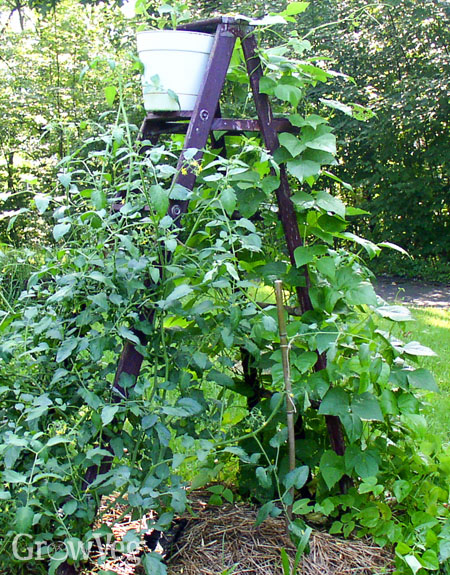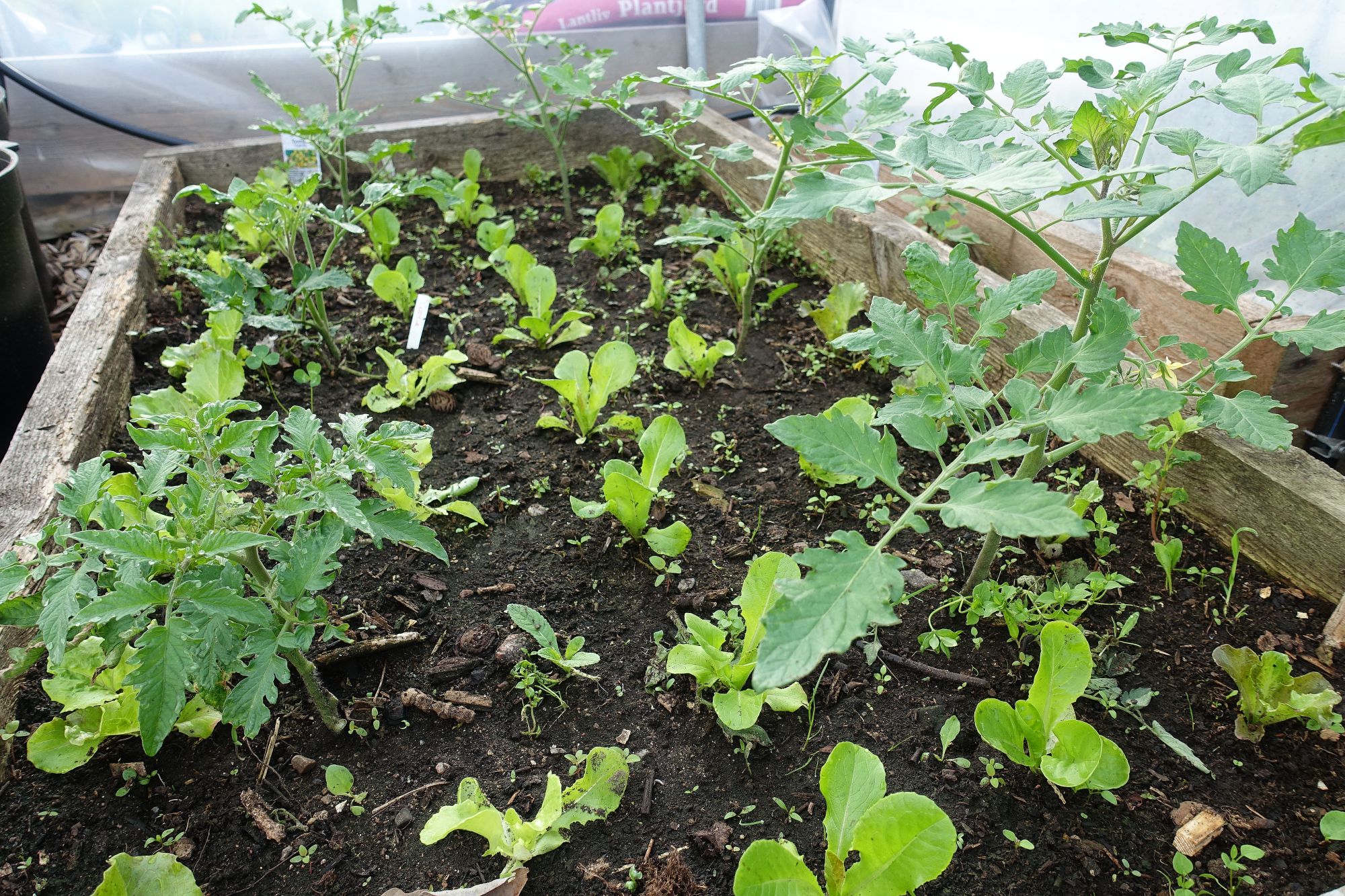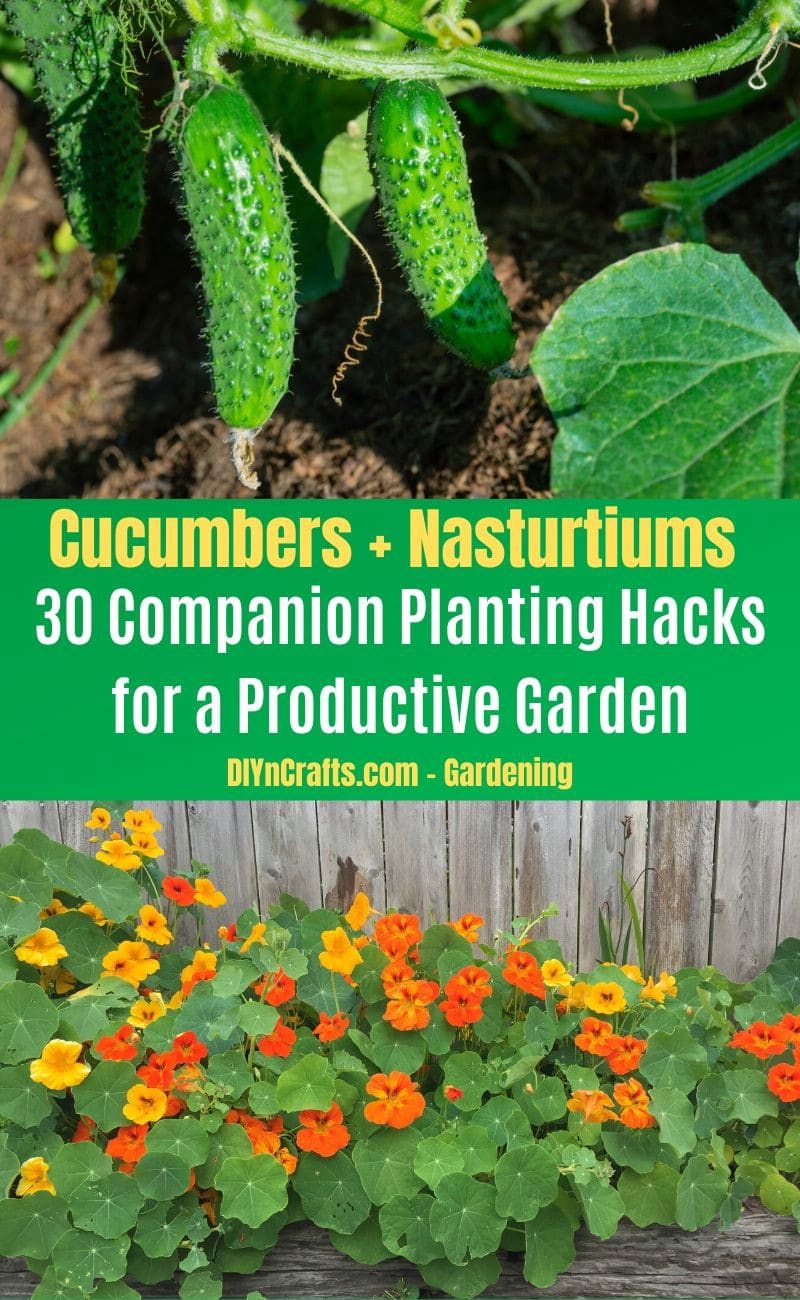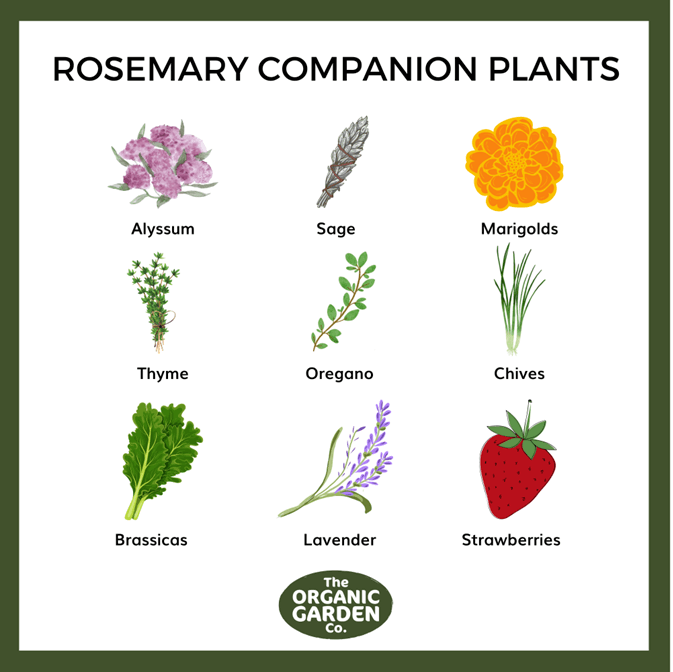Partner Planting Vegetables: The Secret To A More Productive Garden
Partner Planting Vegetables: The Secret to a More Productive Garden
Growing a vegetable garden is a rewarding experience, but it can also be a lot of work. There are many factors that contribute to a successful garden, including soil quality, plant selection, and pest control. But one of the most important factors that often gets overlooked is companion planting.
What is companion planting?
Companion planting is the practice of planting certain types of plants together to benefit each other. There are many different benefits that can be derived from companion planting, including:
- Enhanced growth: Some plants can help to improve the growth of their companion plants by providing nutrients, shade, or support. For example, tomatoes benefit from being planted near basil, which helps to repel pests and improve the flavor of the tomatoes.
- Disease resistance: Some plants can help to protect their companion plants from diseases. For example, marigolds can help to repel nematodes, which can damage root crops.
- Pest control: Many plants have natural pest-repelling properties. For example, chives can help to repel aphids, and nasturtiums can help to repel cabbage moths.
- Pollinator attraction: Some plants attract beneficial pollinators, such as bees and butterflies. These pollinators help to pollinate other plants in the garden, which can lead to a better harvest.
How to do companion planting
There are a few things to keep in mind when doing companion planting:
- Choose the right plants: Not all plants are compatible with each other. It's important to do some research to find out which plants will benefit each other.
- Plant in the right location: The location of your plants is also important. Some plants prefer full sun, while others prefer partial shade.
- Space your plants properly: Make sure to space your plants properly so that they have enough room to grow.
- Water and fertilize regularly: Companion planting doesn't mean that you can neglect your plants. They still need to be watered and fertilized regularly.
Benefits of companion planting
There are many benefits to companion planting, including:
- Increased productivity: Companion planting can help to increase the productivity of your garden. This is because the plants are helping each other to grow and thrive.
- Reduced pest and disease problems: Companion planting can help to reduce pest and disease problems. This is because the plants are helping to repel pests and protect each other from diseases.
- Improved soil health: Companion planting can help to improve the soil health in your garden. This is because the plants are helping to add nutrients and organic matter to the soil.
- More beautiful garden: Companion planting can also make your garden more beautiful. This is because the different plants will complement each other and create a more attractive landscape.
How to get started with companion planting
If you're interested in trying companion planting, there are a few things you can do to get started:
- Do some research: There are many resources available to help you learn about companion planting. You can find books, websites, and even apps that can teach you about the different benefits of companion planting and which plants are compatible with each other.
- Start small: If you're new to companion planting, it's a good idea to start small. Try planting a few pairs of companion plants in your garden and see how they do. Once you've had some success, you can gradually expand your companion planting efforts.
- Be patient: Companion planting takes time to see results. Don't expect to see a dramatic increase in productivity overnight. Just be patient and consistent with your efforts, and you'll eventually start to see the benefits of companion planting.
Conclusion
Companion planting is a great way to improve the productivity, health, and beauty of your vegetable garden. By planting the right plants together, you can help them to grow better, repel pests, and attract pollinators. If you're new to companion planting, start small and be patient. With a little effort, you'll soon be enjoying the benefits of a more productive and beautiful garden.
Partner planting is a gardening technique that involves planting different plants together for mutual benefit. Some plants can help to attract beneficial insects, deter pests, or improve the soil quality. By planting the right plants together, you can boost your garden's productivity and reduce the need for pesticides.
If you're interested in learning more about partner planting, I recommend visiting Gardenia Inspiration. This website has a comprehensive guide to companion planting, including a list of recommended plant pairings. You can also find information on how to choose the right site for your garden, how to prepare the soil, and how to plant your seeds or seedlings.
I hope this helps!
FAQ of partner planting vegetables
Q: What are the benefits of companion planting?
A: Companion planting is the practice of planting different plant species in close proximity so that they can offer identifiable benefits to one another. These benefits can include:
- Reduced pest and disease pressure: Some companion plants can help to repel pests or attract beneficial insects that prey on pests. For example, marigolds are often planted near tomatoes to help repel nematodes and other soil-borne pests.
- Improved pollination: Some companion plants can attract pollinators, such as bees and butterflies, which can help to improve pollination of your crops. For example, borage is a good companion plant for tomatoes, as it attracts bees that help to pollinate the tomatoes.
- Enhanced growth and productivity: Some companion plants can help to improve the growth and productivity of other plants. For example, basil is often planted near tomatoes to help improve the flavor of the tomatoes.
- Improved soil health: Some companion plants can help to improve the health of the soil, which can benefit all of the plants in your garden. For example, legumes, such as peas and beans, can fix nitrogen in the soil, which can help to improve the fertility of the soil.
Q: What are some good companion plants for vegetables?
A: There are many different good companion plants for vegetables, but some of the most popular include:
- Basil and tomatoes: Basil helps to repel thrips and other pests, and it also improves the flavor of tomatoes.
- Marigolds: Marigolds help to repel nematodes, whiteflies, and other pests. They also attract pollinators.
- Dill and carrots: Dill attracts ladybugs, which eat aphids. Carrots help to improve the flavor of dill.
- Lettuce and onions: Lettuce helps to suppress weeds, and onions repel aphids and other pests.
- Peas and beans: Peas and beans fix nitrogen in the soil, which benefits all of the plants in your garden.
Q: What are some vegetables that should not be planted together?
A: There are a few vegetables that should not be planted together, as they can compete for resources or attract the same pests. Some of these vegetables include:
- Cabbage and cauliflower: These vegetables are susceptible to the same pests, so planting them together can increase the risk of pest infestation.
- Beans and tomatoes: Beans can suppress the growth of tomatoes, so it is best to plant them in separate areas of the garden.
- Potatoes and tomatoes: Potatoes can attract the Colorado potato beetle, which can also damage tomatoes. It is best to plant these vegetables in separate areas of the garden.
Q: How close together should companion plants be planted?
A: The ideal distance for planting companion plants will vary depending on the specific plants involved. However, as a general rule of thumb, companion plants should be planted within two or three rows of each other. This will allow them to benefit from each other's presence while still having enough space to grow and thrive.
Q: Do I need to plant companion plants in pairs?
A: No, you do not need to plant companion plants in pairs. However, planting them in close proximity will help to maximize the benefits of companion planting.
Image of partner planting vegetables
5 different images of "partner planting vegetables" from Pinterest:
- Carrots and onions. Carrots and onions are a classic companion plant pairing. The onions help to repel carrot root fly, while the carrots help to keep the onions' roots cool.

- Beans and peas. Beans and peas are both nitrogen-fixing plants, which means they can help to improve the soil quality for other plants. They also help to shade the soil, which can help to suppress weeds.

- Lettuce and tomatoes. Lettuce and tomatoes are another good companion plant pairing. The lettuce helps to keep the soil moist, while the tomatoes help to deter pests.

- Cucumbers and nasturtiums. Cucumbers and nasturtiums are both beneficial insectary plants, which means they attract beneficial insects that help to control pests.

- Herbs and flowers. Herbs and flowers can be planted together to create a beautiful and productive garden. Some good herb and flower pairings include:

Post a Comment for "Partner Planting Vegetables: The Secret To A More Productive Garden"